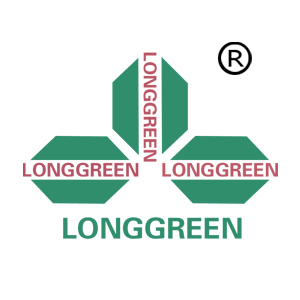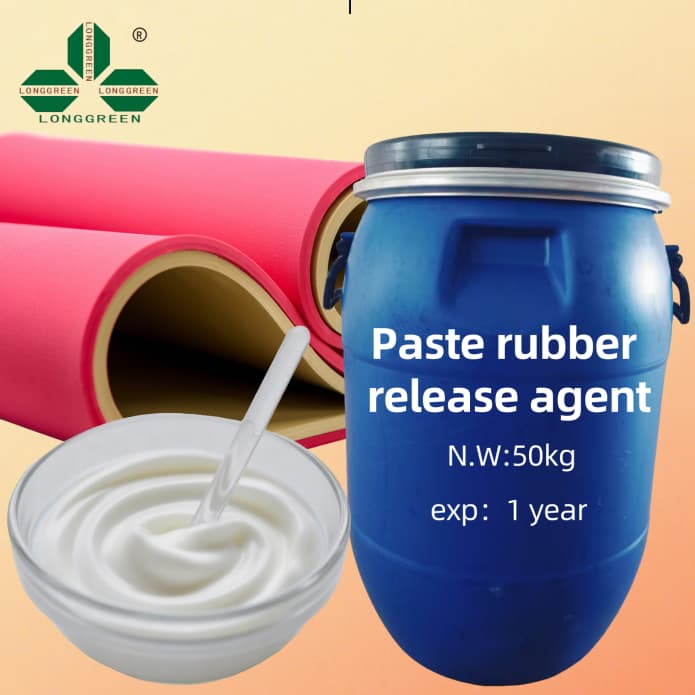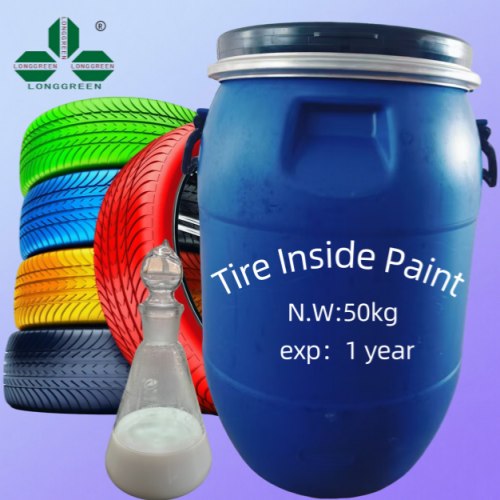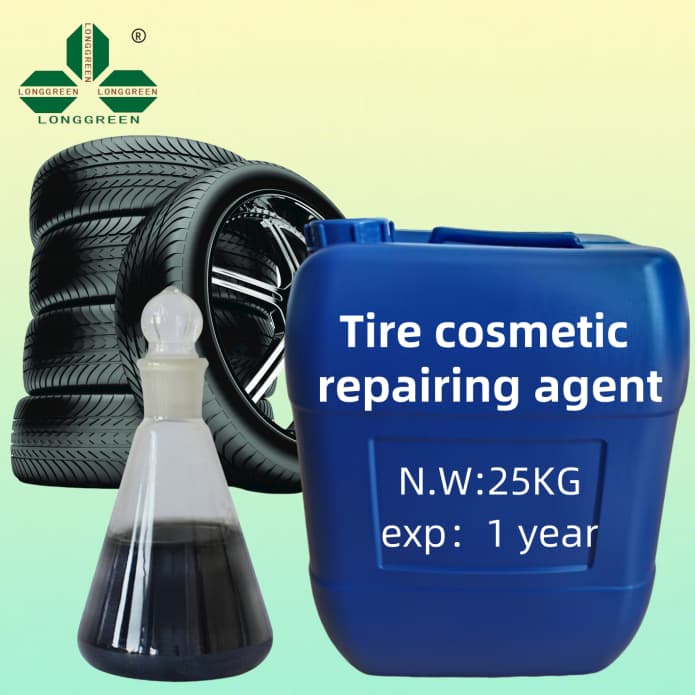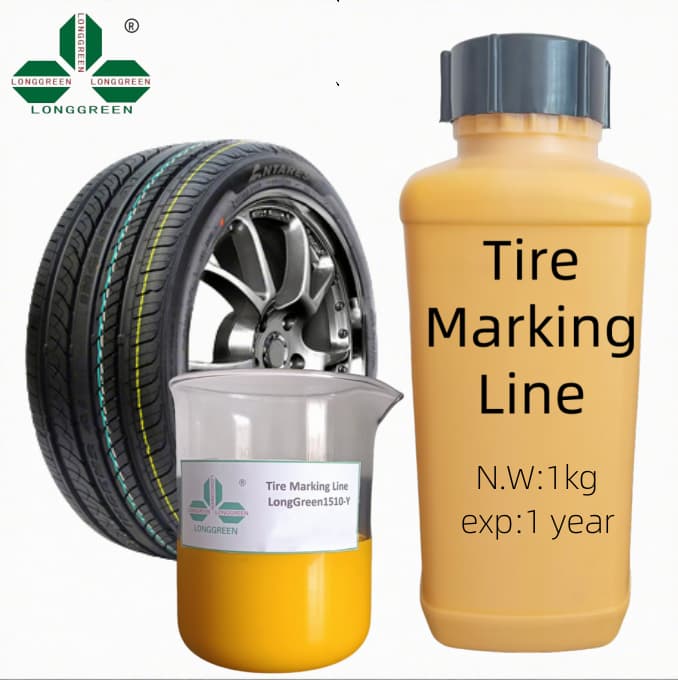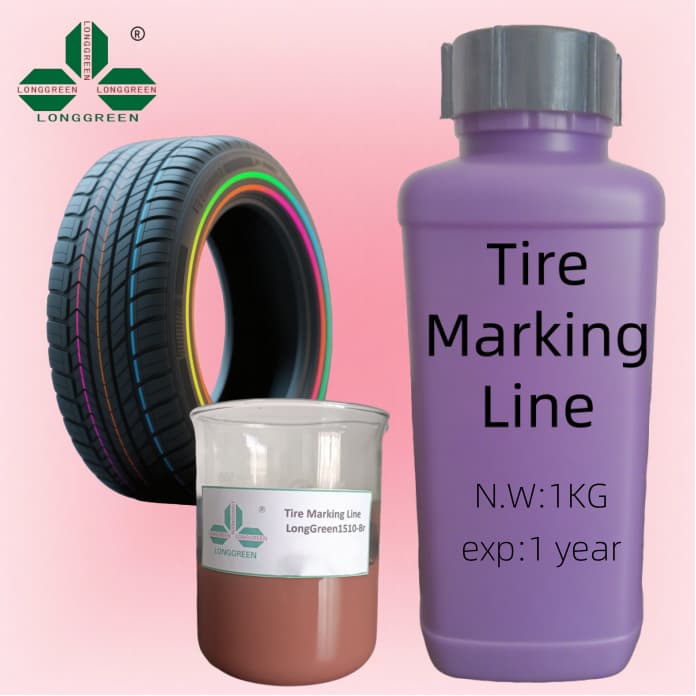The global tire industry’s steady expansion has brought increased attention to critical auxiliary materials, with tire curing bladder antioxidant emerging as a key component in enhancing product durability and performance. As tire manufacturers strive to meet stricter quality standards and extend the lifespan of tire curing bladders, the demand for high-performance solutions of this essential additive has surged in recent quarters.
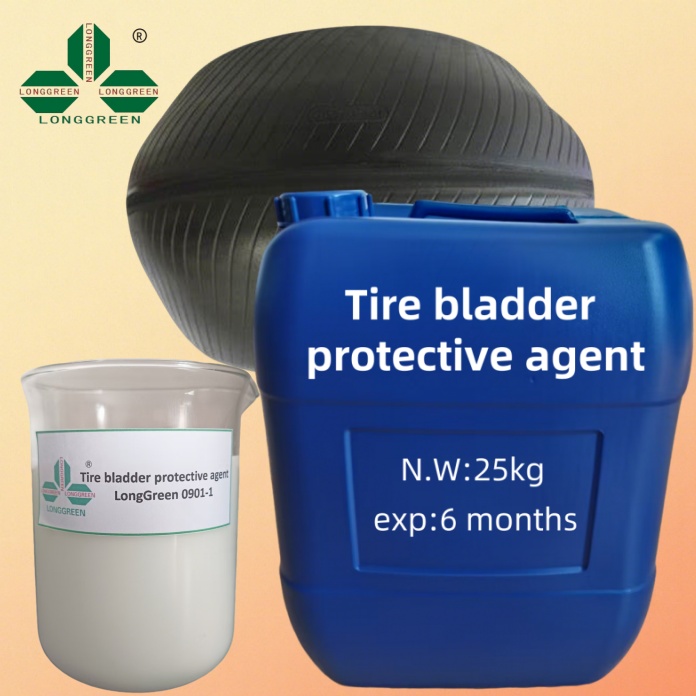
Tire curing bladders play a vital role in the tire manufacturing process, as they shape and cure the tire during production. However, repeated exposure to high temperatures and pressure causes significant wear and aging, which can lead to frequent replacements and increased production costs. This is where the tire curing bladder antioxidant steps in: it effectively inhibits oxidative degradation, slows down the aging process of the bladder, and prolongs its service life. Industry data shows that the application of high-quality versions of this compound can extend the lifespan of tire curing bladders by 30% - 50%, greatly reducing operational costs for tire factories.
In response to this growing demand, major chemical manufacturers have accelerated the R & D and production of related products. For example, a leading chemical company in Europe recently launched a new type of tire curing bladder antioxidant that uses a nanocomposite formula. This innovation not only enhances the antioxidant efficiency but also improves the compatibility of the product with the bladder material, ensuring more uniform distribution and longer-lasting protection. Market feedback indicates that tire manufacturers using this new solution have reported a noticeable reduction in bladder replacement frequency and a more stable tire production process.
The Asia-Pacific region, especially China and India, has become a major driver of the global market for this antioxidant. With the rapid growth of the automotive industry in these regions, tire production has increased significantly, directly boosting the demand for such key materials. Local governments’ support for the automotive and tire sectors, along with the emphasis on improving production efficiency and reducing waste, has further fueled the adoption of advanced technologies related to this critical additive.
Looking ahead, the market for tire curing bladder antioxidant is expected to maintain robust growth. As environmental regulations become more stringent, there will be a greater focus on developing eco-friendly variants that have minimal impact on the environment while maintaining high performance. Additionally, the rise of smart manufacturing in the tire industry will likely drive the integration of its application with real-time monitoring systems, optimizing the use of the compound and further improving production efficiency.
In conclusion, the sector focused on this key tire curing bladder antioxidant is poised for significant development, driven by the expanding tire industry, technological innovations, and increasing demand for cost-effective and sustainable solutions. It will continue to be a crucial factor in supporting the growth and competitiveness of the global tire manufacturing industry.
